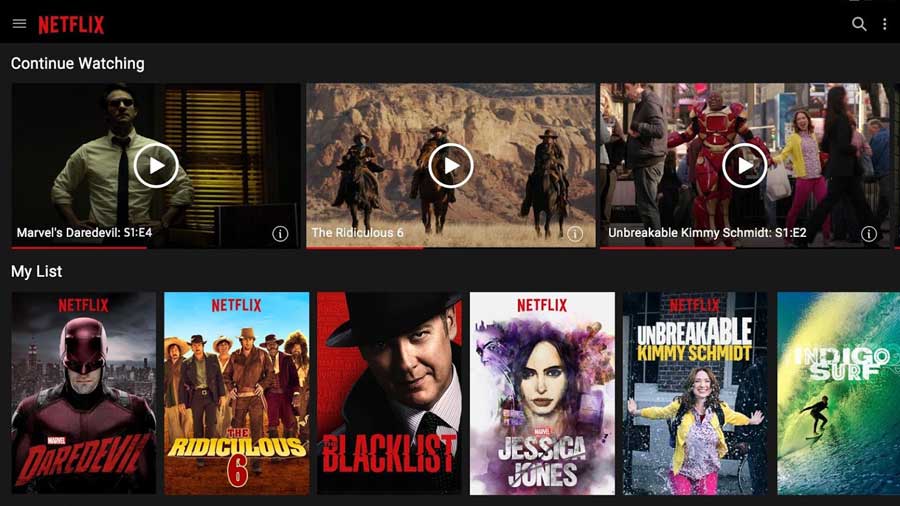How to Stand Out From the OTT Crowd

The over-the-top (OTT) video market continues to surge. OTT revenues are expected to grow from $64 billion in 2017 to $120 billion in 2022, according to new data from Juniper Research.
This growth is fueled primarily by the rise in subscription video-on-demand (SVOD) services such as Netflix, Hulu and Amazon, but the OTT market is in no way homogenous.
To succeed in the OTT space, you need good content, sure — but you also need to think like a tenured digital marketer. You need to develop, test and optimize strategies to drive traffic to your digital properties, increase acquisition rates and continually engage and delight customers so you can improve retention. Let’s take a look at how you can improve your acquisition strategies and stand out in the crowded OTT marketplace.
One Size Does Not Fit All
For starters, you have to understand your niche, your audience and the way they prefer to consume content. For example, if you are a sports publisher, it might make sense to allow fans to pay only for the games they care about, and to charge a premium for high-value content, such as a playoff game. Market research is key.
Regardless of your vertical, you will probably discover that it makes sense to offer multiple consumption and pricing options designed around the preferences of your different customer segments. Perhaps there is one audience type that wants to pay monthly to access some or all of your content, whereas another group is only interested in a specific program and thus prefers a metered option.
As the OTT market becomes increasingly crowded, flexibility is a huge part of remaining competitive. All you need to do is turn on your Roku or Apple TV to see the mind-blowing number of apps people have to choose from. You need a compelling offer that stands out and a pricing model with staying power. You don’t want it to be this binary decision for customers, whether to stay with you or not. If customers don’t like your pricing options, it is easy to go watch something else.
Broadcasting & Cable Newsletter
The smarter way to stay on top of broadcasting and cable industry. Sign up below
Offering the consumption and pricing models customers prefer should also improve your key performance indicators (KPIs). Here, businesses can borrow best practices from e-commerce. Measure traffic to your digital properties, sign-up rates, engagement and retention. Analyze data by content type, specific program, customer segment and pricing model. Be open to testing different consumption models and making quick, data-backed decisions. For content creators that previously syndicated to other distributors, embracing this much flexibility can be a challenge, but it is paramount.
Digital media publishers need to strike a balance between premium and freemium. If you are a new player trying to break into the market, it makes sense to offer some content for free, especially if you haven’t built any brand recognition. How else will you convince people your content is worth paying for? Just be sure you have a monetization strategy in place, whether that’s selling ads or converting those new customers into paid subscribers. Be sure to monitor user behavior closely and watch out for red flags. For example, are people dropping off when their “free pass” ends? What can you do to get them to convert?
A growing number of publishers are offering a la carte pricing, in which users can pay for a single piece of content. You just want to make sure you are not cannibalizing your own business. You don’t want it to be a race to the bottom. With measurement and analysis, you will determine how to extract the most value from your content.
Whatever You Do, Do It Safely
Data privacy and protection matters, not just so OTT providers can stay compliant in light of the new General Data Protection Regulation (GDPR), but also so their customers feel comfortable sharing more information. The more data you have access to, the better you can drive personalization and engagement by understanding the type of content, pricing, bundling, memberships and loyalty and reward programs your viewers value most.
Be sure to use a secure payment system and to communicate the security measures you are taking, so your users feel secure. You certainly want to avoid a fine, but security is also about growth. Consider treating all personally identifiable information with the same level of protection used for payment information.
Customers are becoming increasingly comfortable sharing personal information, but they expect personalization in return. According to the 2017 Personalization Development Study report by Monetate, 79% of organizations that exceeded their revenue goals over a 12-month period had a documented personalization strategy. That is no different for companies offering digital content. In fact, they have even more opportunities to customize. Digital content providers can let customers decide which programs they engage with, when and where they watch them, which devices they use, and even how they pay for them.
OTT spending may be on the rise, but in order to get the biggest slice of the pie and break through the clutter, you have to not only deliver outstanding content but also offer flexible consumption models and data-backed, personalized experiences in a secure environment. Then you will be able to extract maximum value for your content while providing your audience with the best experience possible.
Melissa Pegus is senior VP, strategic partnerships at MPP Global.
